Quick Answer: Touchscreens work by detecting changes in electrical properties when you touch them. Most modern devices use capacitive technology that senses the electrical charge from your finger, while older systems rely on pressure to bring two conductive layers together.
Every day, you tap, swipe, and pinch your way through digital life without giving it much thought. But have you ever wondered what happens beneath that smooth glass surface when your finger makes contact? The moment you touch your smartphone or tablet, an invisible dance of electricity and sensors springs into action, translating your physical gesture into digital commands with remarkable precision.
Understanding how touchscreens work reveals a fascinating blend of physics, engineering, and clever design that makes our modern digital interactions possible. Let’s explore the science behind this technology that has become so essential to our daily lives.
Feel the Screen: The Core of Touch Technology
At its heart, touchscreen technology relies on detecting changes in electrical properties when something makes contact with the screen surface. Think of it like an invisible grid of sensors constantly monitoring for disturbances in their electrical environment.
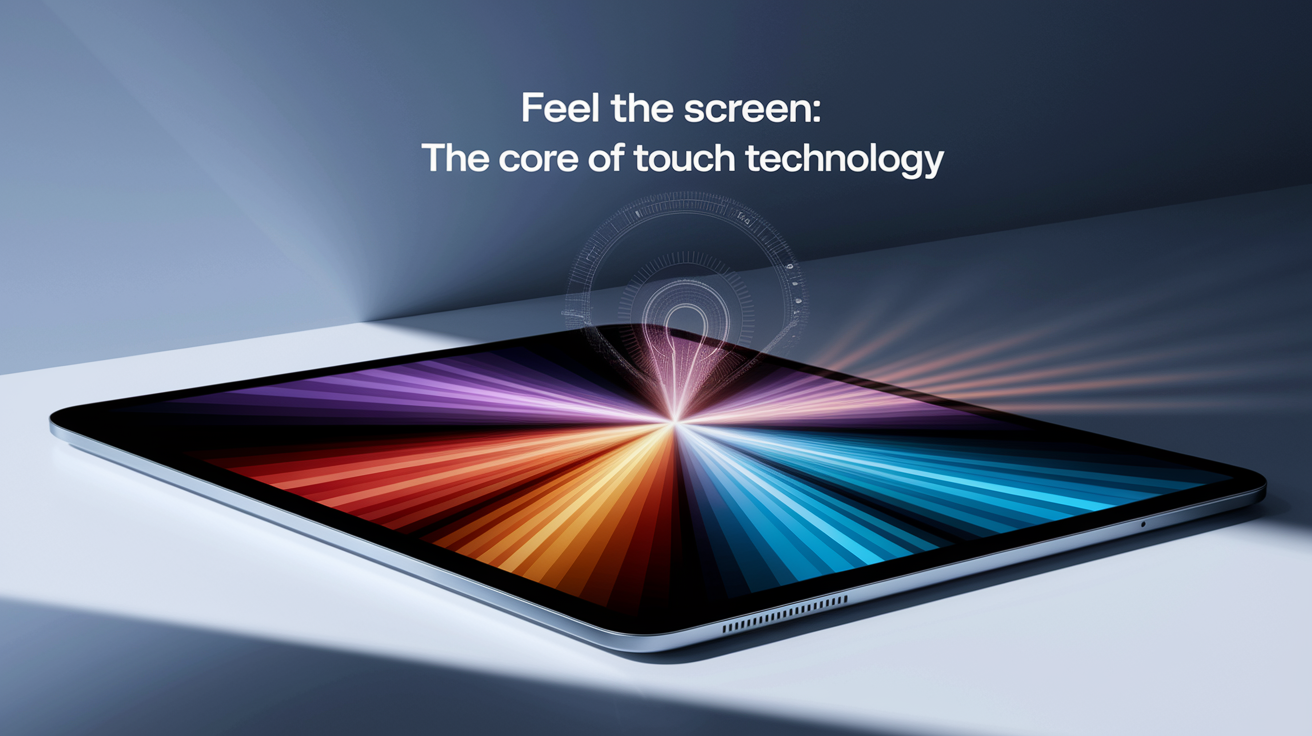
The basic principle centers on how different methods touchscreens use to detect a touch, whether through changes in electrical charge, resistance, or other physical properties. When you press your finger against the screen, you’re not just making physical contact—you’re disrupting carefully calibrated electrical fields that sensors can measure and locate with impressive accuracy.
Your finger acts as a conductor because the human body conducts electricity due to the water and minerals in your skin. This conductive property becomes the key to how most modern touchscreens detect your touch input and translate it into the actions you see on screen.
Core Components: Sensors, Controllers, and Software
Every touchscreen system consists of three essential components working together seamlessly:
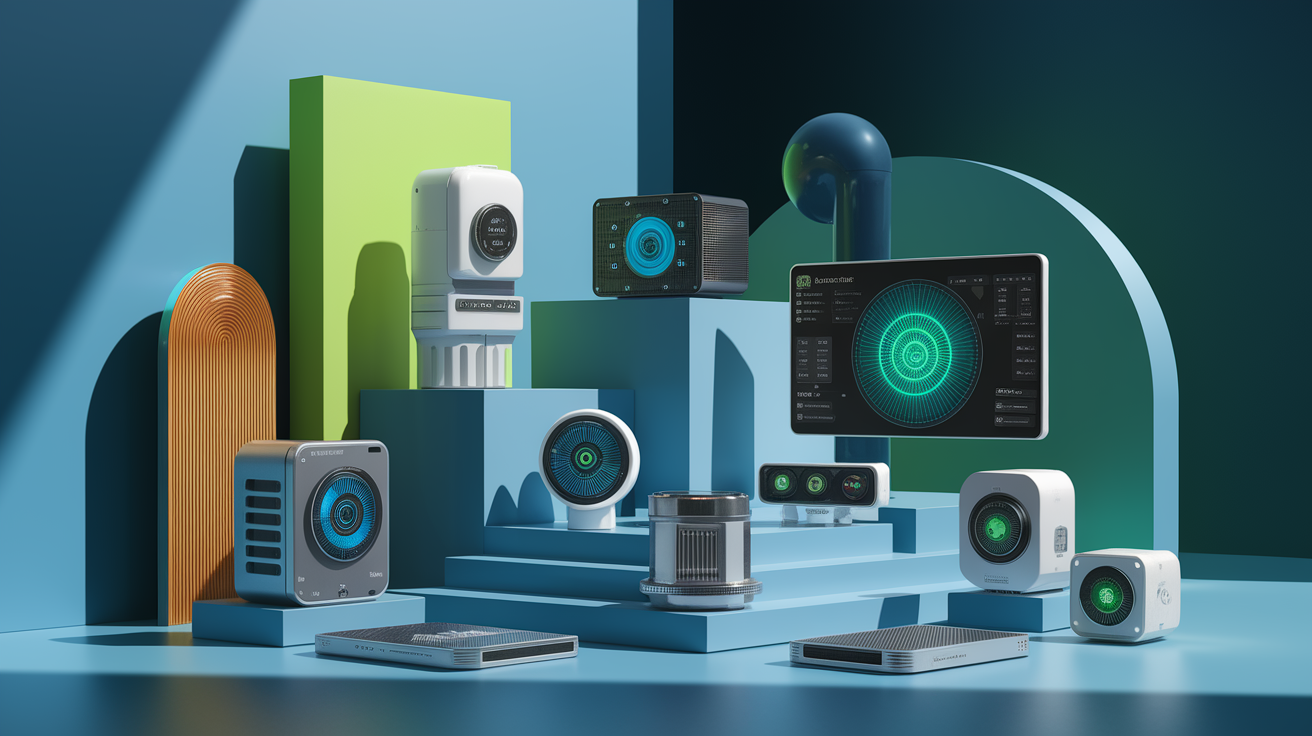
- Touch sensor (touch panel): The invisible layer that detects physical contact by sensing changes in electrical properties like current, voltage, capacitance, or resistance
- Controller: The microcontroller that processes electrical changes and identifies specific gestures like taps, swipes, or pinches
- Software: The programs that translate controller signals into device commands and trigger appropriate functions
The touch sensor sits directly on top of the display, typically made from a transparent glass substrate that allows you to see the screen clearly while maintaining touch sensitivity. This glass layer often features Gorilla Glass or similar materials for durability.
The controller acts as the brain of the operation, constantly monitoring the sensor for changes and calculating the exact coordinates of your touch. When it detects a disturbance, it immediately processes this information and sends signals to the device’s software, which then executes the appropriate response—whether that’s opening an app, scrolling through content, or zooming in on a photo.
Four Ways to Sense Your Touch
Touchscreen technology employs four main methods to detect your input, each with distinct advantages and applications:
Capacitive Technology
Capacitive touchscreens store electrical charge in a layer on the glass surface. When your finger touches the screen, it draws away some of this charge, creating a measurable change in capacitance that sensors detect. This technology dominates smartphones and tablets because of its clarity and multi-touch capabilities.
Resistive Systems
Resistive touchscreens use two conductive layers separated by tiny spacers. Applying pressure brings these layers into contact, changing the electrical resistance at that point. The touchscreen controller measures this resistance change to determine touch location. These screens work with any object that can apply pressure, including styluses and gloved fingers.
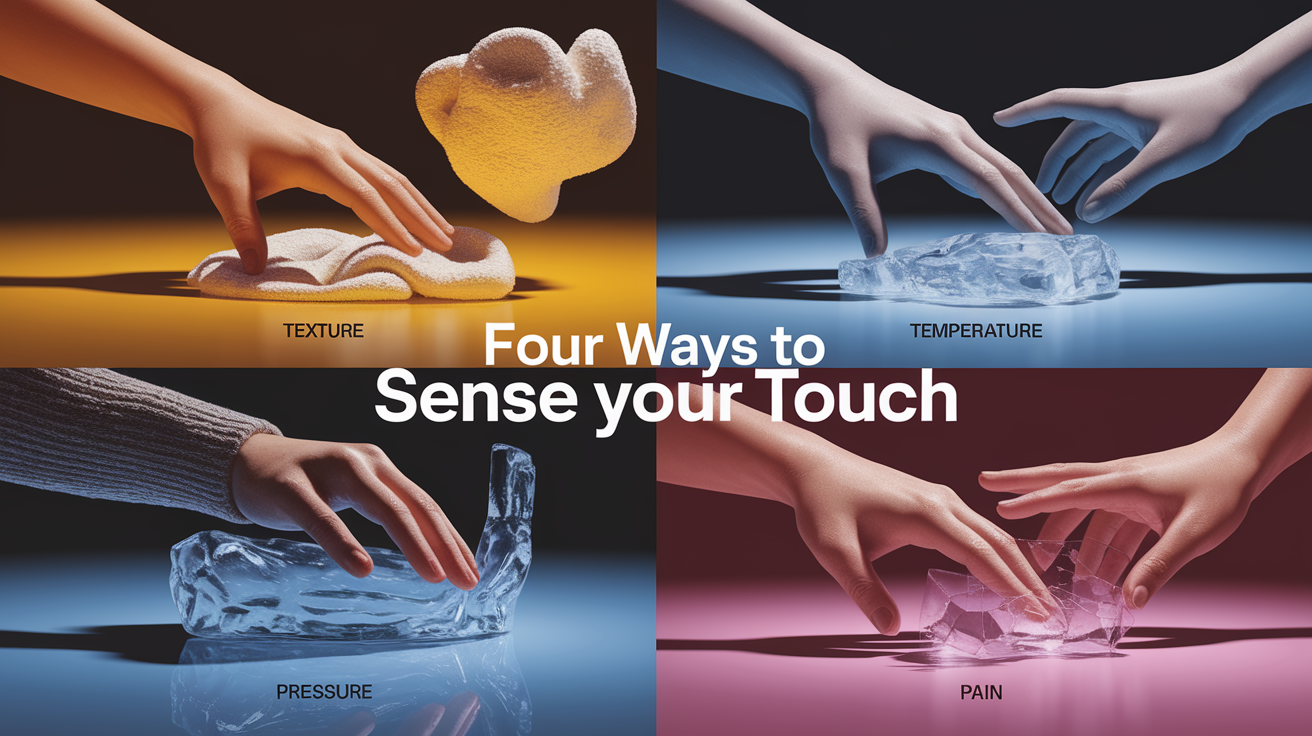
Surface Acoustic Wave (SAW)
SAW touchscreens transmit ultrasonic waves across the screen surface. When you touch the screen, your finger absorbs some of these sound waves, creating a detectable change in wave patterns that reveals the touch location. This technology offers excellent image clarity but requires protection from dust and moisture.
Infrared Detection
Infrared touchscreens create an invisible grid of infrared light beams across the screen surface. Your finger interrupts these beams when you touch the screen, and sensors detect which beams are blocked to calculate touch coordinates. Some infrared systems use heat-sensitive cameras to detect the warmth of your finger instead.
Why Capacitive Touchscreens Dominate
Walk into any electronics store, and you’ll find that most smartphones, tablets, and modern devices use capacitive touchscreen technology. This dominance stems from several key advantages that make capacitive screens ideal for consumer electronics.
Capacitive screens achieve remarkable transparency, allowing about 90% of light to pass through compared to resistive screens that only transmit about 75%. This superior light transmission results in brighter, clearer display images that look crisp even in bright sunlight.
The technology also excels at multi-touch detection, enabling complex gestures like pinch-to-zoom, two-finger scrolling, and multi-finger gaming controls. The screen can simultaneously track multiple touch points with high precision, opening up possibilities for intuitive user interfaces that feel natural and responsive.
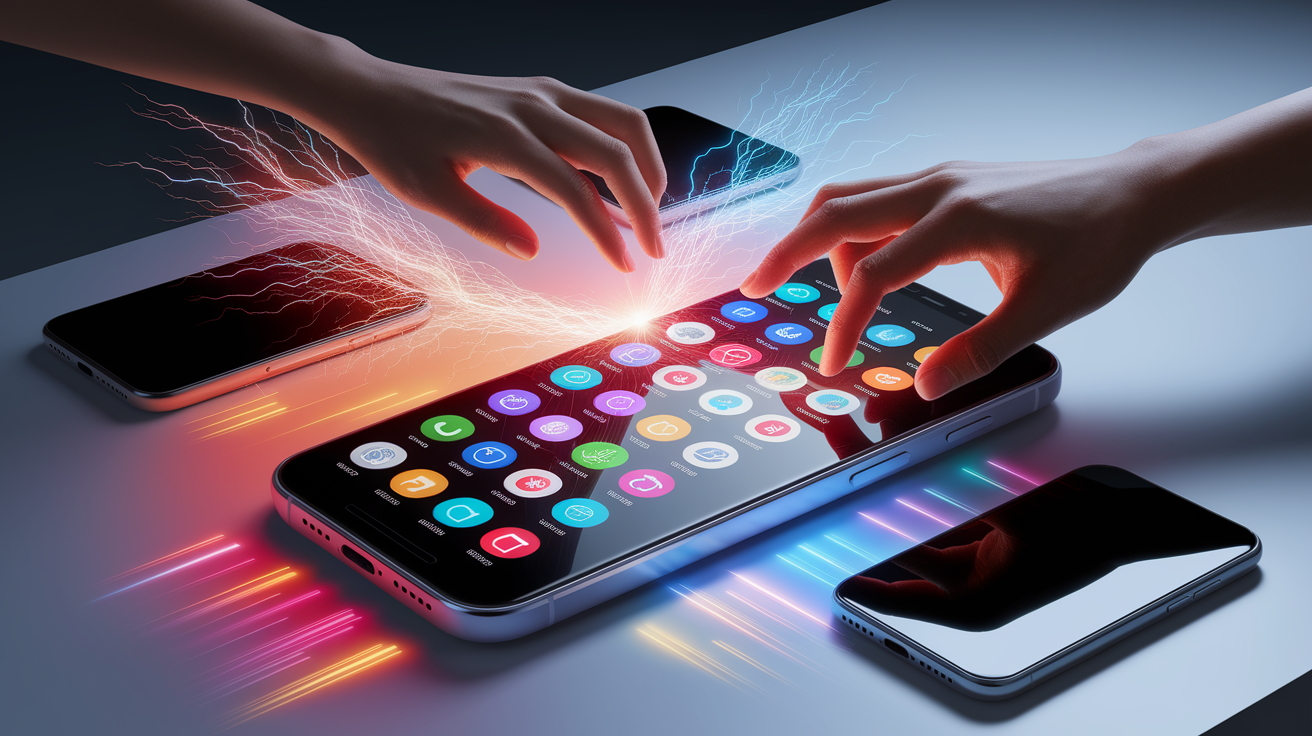
Capacitive touchscreens detect changes in electrical charge rather than physical pressure, making them more durable and responsive than pressure-based alternatives.
Durability represents another major advantage. Since capacitive screens don’t rely on physical pressure to function, they experience less mechanical wear over time. The solid glass surface resists scratches and maintains sensitivity even after millions of touches.
However, capacitive technology does have limitations. The screen typically only responds to conductive objects, which is why regular gloves don’t work with most touchscreens. You need either bare skin contact or specialized conductive styluses and gloves designed for capacitive screens.
Resistive Touchscreens: Rugged and Versatile
While capacitive technology dominates consumer devices, resistive touchscreens continue to serve important roles in specialized applications where their unique characteristics provide distinct advantages.
Resistive screens consist of multiple layers: two conductive metallic layers separated by spacers, all covered by a scratch-resistant top layer. When you apply pressure with your finger, stylus, or any pointed object, the top layer flexes downward until it contacts the bottom layer at the touch point.
This contact creates a change in the electrical field that the touchscreen controller detects and converts into precise touch coordinates. The beauty of this pressure-based system lies in its universal compatibility—resistive screens respond to virtually any touch object, whether it’s your finger, a plastic stylus, a pen cap, or even a fingernail.
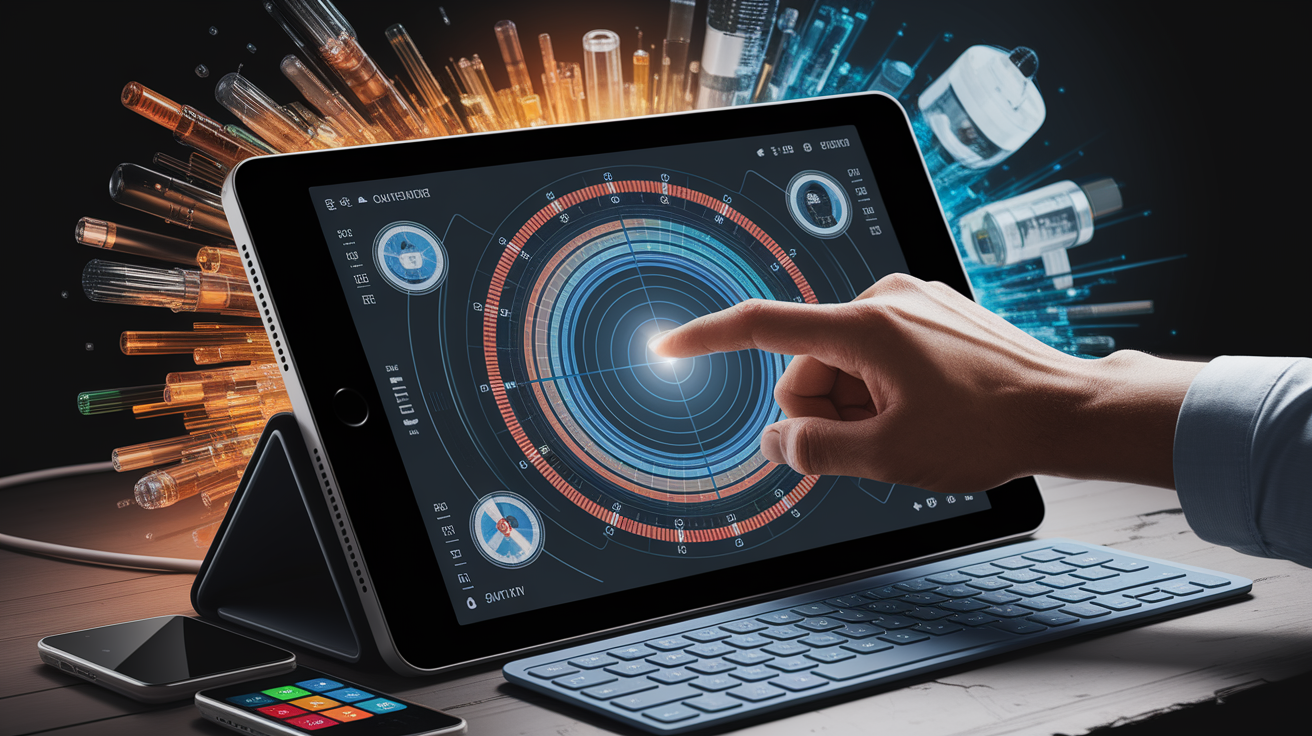
Industries that demand ruggedness often prefer resistive technology. These screens handle harsh environments better than capacitive alternatives, functioning reliably in extreme temperatures, high humidity, and dusty conditions. You’ll commonly find resistive touchscreens in:
- Industrial control panels and machinery interfaces
- Medical equipment that requires precise stylus input
- Outdoor kiosks and ATMs exposed to weather
- Military and aerospace applications
- Budget-friendly devices where cost matters more than premium features
The trade-off comes in image quality and advanced features. Resistive screens generally produce less vibrant displays and don’t support multi-touch gestures as effectively as capacitive alternatives. However, for applications prioritizing durability, cost-effectiveness, or stylus compatibility, resistive technology remains the preferred choice.
Beyond Taps: Gesture Recognition
Modern touchscreens do far more than simply detect where you touch—they interpret complex gestures and translate them into sophisticated commands that make digital interaction feel intuitive and natural.
The touchscreen controller continuously analyzes patterns in touch data, distinguishing between different types of gestures based on factors like:
- Duration: Quick taps versus long presses
- Movement: Stationary touches versus swipes and drags
- Multiple points: Single finger versus multi-touch gestures
- Speed and direction: Fast flicks versus slow, deliberate movements
Multi-touch technology represents one of the most impressive achievements in gesture recognition. The screen simultaneously tracks multiple touch points, calculating their positions, movements, and relationships to each other. This capability enables gestures like pinch-to-zoom, where the screen measures the changing distance between two fingers to determine zoom level and direction.
The software layer plays a crucial role in mapping these physical gestures to logical commands. Different apps can assign different meanings to the same gesture—a two-finger swipe might scroll through photos in one app but switch between browser tabs in another.
Advanced gesture recognition also includes palm rejection technology, which distinguishes between intentional finger touches and accidental contact from your palm or wrist while writing or drawing. This feature proves essential for stylus-based applications where precise input matters.
Some modern devices even incorporate haptic feedback, providing subtle vibrations or tactile responses that confirm gesture recognition and enhance the feeling of physical interaction with digital content.
Touching the Future: Wrapping Up
The next time you effortlessly navigate your smartphone or tablet, remember the sophisticated technology working beneath your fingertips. From the invisible electrical fields of capacitive screens to the pressure-sensitive layers of resistive systems, touchscreen technology represents a remarkable fusion of physics and engineering.
Understanding how electrical conductivity works and fundamental principles of electric charge helps explain why your finger can interact so precisely with these digital interfaces. The science behind touchscreens continues advancing, with researchers developing new materials, improving sensitivity, and creating more responsive user experiences.
Whether you’re using a capacitive smartphone screen or a resistive industrial panel, you’re experiencing decades of innovation compressed into a seamless, intuitive interface that has fundamentally changed how we interact with technology. The invisible dance of electrons and sensors continues, ready to respond to your next touch with remarkable precision and speed.













